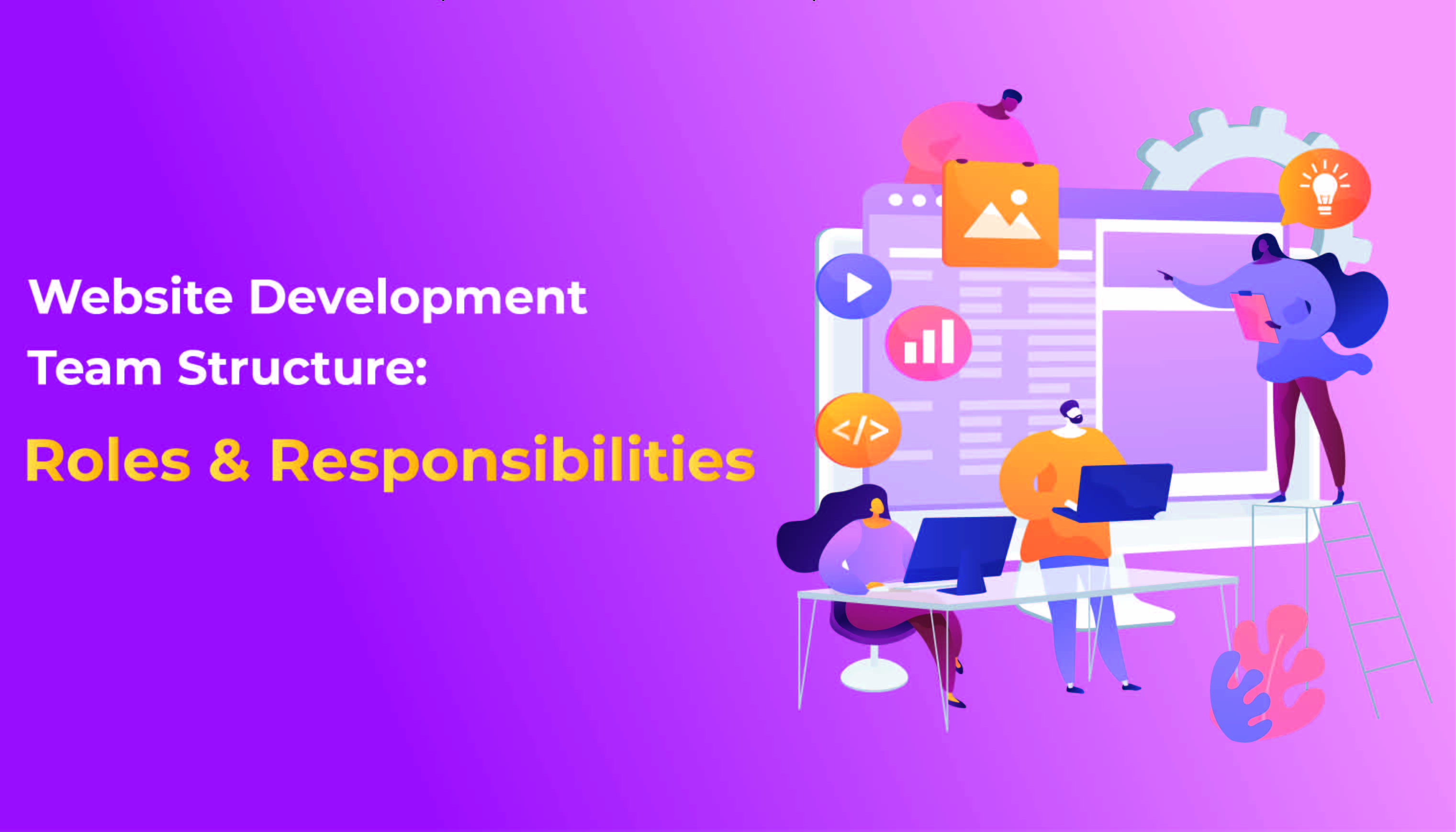Website Development has been on a steady rise with brands, individuals, and all sizes of businesses getting online. Having your website - one which can be accessed from any device - has shown obvious benefits in terms of brand awareness, customer engagement, increase in sales, customer relationship management, and overall profit turnover. Statistics show -
“From the consumers that search for a specific type of business on their mobile phones, 88% will either call or visit that business in the coming 24 hours.”
While this sounds lucrative to plunge into website development, a haphazardly done website can be equally disastrous. According to a survey,
“88% of internet users will not return to a website if they have had a bad experience of it”
And worse than that,
“75% of consumers make judgments on the credibility of a company based on its website design”
These figures are clearly indicative of the need for quality website development, and this can be achieved through proper planning and a well-structured approach to Website Development. As a business wanting to get your website developed, as a client with a unique idea of website development, or as a stakeholder of a website development project, you would want to have active participation in the Website development progress. And while you can hire freelancer individuals for this purpose, we suggest, you look out for a Website development company with a well-structured team (with a proper team size of a minimum of 4 to 7 members) to achieve the best results.
To understand how this whole process of web development will be brought about; we at Quora Web Solution, have brought for you detailed information on the Website development team structure and their Roles & Responsibilities. Once you understand this you'll know who all will be involved, what will their respective roles be, and what you can expect from them, making it easy for you to monitor and manage the whole process.
Website development team structure with Roles and Responsibilities:
A Website Development team will mainly constitute -
- UI / UX Designers
- Software / Website Developers
- QA (Quality Assurance) Engineers / Specialists, and
- Project manager
So, what these team members work for, what are their roles and responsibilities, and what their position means to the website, we'll take a look at all of these below -
UI / UX Designers: UI is an acronym for User Interface Design. This is the aspect of Web designing that deal with the outward look and working of the website - what you see or hear. UI Designers thus understand the vision and needs of the clients, accordingly, select relevant interface elements, and create a UI design that satisfies the clients as well as easy to use for the end-users. They work on the website's appearances, thereby working to attract end-users.
On the other hand, UX is an acronym for User Experience Design. This is the aspect of Web Designing that deals with the experience of the end-users while they are interacting with mobile applications. The main responsibility of a UX Designer is to work towards improving the overall user experience while they are using the website. UX designers are responsible for the market research, analytics, and testing to understand the end-users, their demographics, and how they tend to interact with websites, etc. Based on these, they are to create a website design which satisfies the client and end-user, all the while bridging the gap between them. Of course, they will also require to have coding, software, and computer knowledge and skills.
Software / Website Developers: Web developers are those, who build & maintain websites by using code written in programming languages. Thus, they'll be developing websites, doing scripting for web, putting security configurations, etc. The websites are hosted by the internet via web browsers. When it comes to website development team, the developers are divided into three types - the front-end developers, the back-end developers, and the full-stack developers. The front-end or client-side developers are responsible for development of the user or client side aspect of the website including the navigation, the lay out, the content, font, colors, buttons, links, etc. They are supposed to coordinate with the designers and develop code that implements the web design. They take the rather complicated back-end data / code and convert it oa functional,
The back-end or server-side developers are responsible for behind the scene factors including the loading and running of the website. They will develop codes for applications, databases, and servers and enable communication between the them. Thus, they create, manage, and integrate servers-side database with help of back-end frameworks; and forward it to the front-end for developing a functional website.
The full-stack developers have both the front-end and the back-end capabilities and are thus responsible for complete web development.
Q / A Engineers: The Quality Assuarance specialists are responsible for designing tests, and then applying those tests to the complete development process. Thus, they write, control, and review the source code and also carry out security configuration management, software integration and program testing too. They play a major role in maintaining the quality of the final website and prevent low-quality products from being released. Thus, they review codes from the other perspective and test them for bugs at the early stages of development itself, providing you secure and bug free websites.
Project Manager: For any Website Development project, a project manager plays an important role. The project manager is the connecting dot of the whole team and his role is to manage the complete website development process. Thus, he / she'll be communicating with clients to understand their vision and requirements and determint the problem, discussing it with the designers and developers and get their inputs and give them suggestions, based on that determine the scope and the objectives, and then accordingly assigning the team their tasks, monitor the coordination and flow of the tasks, evaluate every performance and direct if necessary, and finally completes the project. Their responsibility is to initiate, maintain, manage and monitor the the complete development process.
Hope this gives you a complete picture of the Website development team structure and its roles and responsibilities. Ultimately, this complete team will be working with you to convert your idea / dream into actualization and deliver to you the end product.






Post Comments